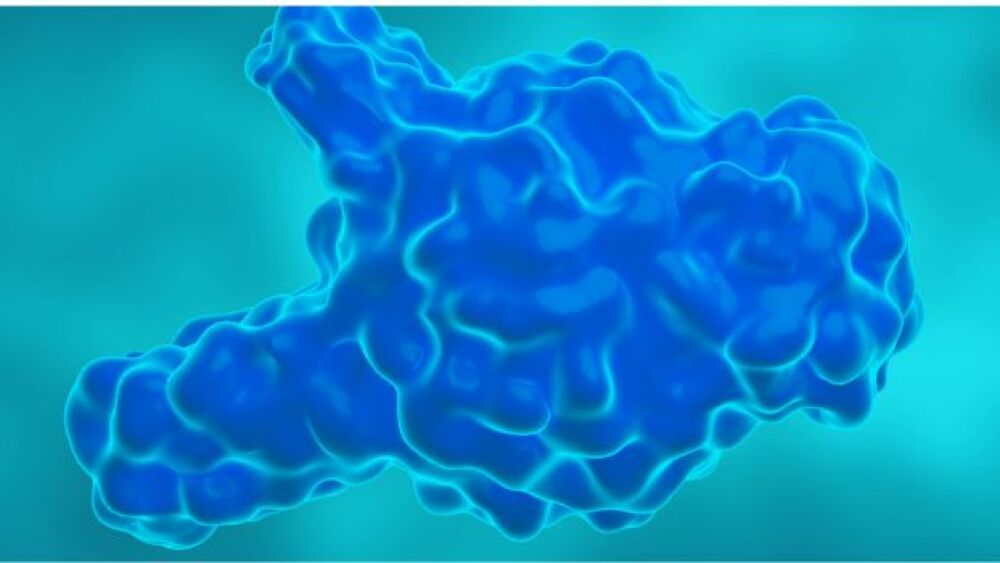Fauna Bio announced today a preprint in BioRxiv that senior scientist Ryan J. Sprenger contributed during his PhD. and postdoctoral work which highlights the intricate mechanisms governing skeletal muscle metabolism during animal hibernation.
|
EMERYVILLE, Calif., Feb. 7, 2024 /PRNewswire/ -- Fauna Bio, biotechnology company improving human health by leveraging animal genomics, announced today a preprint in BioRxiv that senior scientist Ryan J. Sprenger contributed during his PhD. and postdoctoral work which highlights the intricate mechanisms governing skeletal muscle metabolism during animal hibernation. The study, titled "Remodelling of Skeletal Muscle Myosin Metabolic States in Hibernating Mammals," sheds light on the metabolic adaptations employed by hibernating mammals to survive the harsh winter months. Led by scientists Christopher T. A. Lewis, Elise G. Melhedegaard, and Julien Ochala, the research explores the dynamics of skeletal muscle myosin and its metabolic efficiency and role in energy utilization during hibernation. Hibernation, a period of metabolic suppression utilized by numerous mammal species, has long intrigued scientists. Despite decades of research, the cellular and molecular underpinnings of hibernation remain elusive. Fauna Bio's latest study aims to bridge this gap by unraveling the intricate metabolic changes occurring within skeletal muscle during hibernation. In the study, muscle fibers from various hibernating mammals were isolated and subjected to comprehensive analyses, including loaded Mant-ATP chase experiments and proteomics analyses. The results revealed intriguing insights into the modulation of myosin structure and function during hibernation. The preservation of myosin structure observed in larger hibernators such as the brown bear and the American black bear, contrasts with the dynamic alterations observed in smaller hibernators like the 13-lined ground squirrel and garden dormouse. These findings suggest a species-specific adaptation in myosin metabolism to optimize energy expenditure during hibernation. In particular, the study found that resting myosin is altered in hibernating mammals, contributing to significant changes to the ATP consumption of skeletal muscle. The study also showed that it is further altered in response to cold exposure and highlights myosin as a potential contributor to skeletal muscle non-shivering thermogenesis. "This study provides unprecedented insights into the metabolic dynamics of hibernating mammals' skeletal muscle," said Ashley Zehnder, CEO & Co-Founder, Fauna Bio. "By understanding the role of myosin in energy utilization during hibernation, this research deepens our understanding of mammalian physiology, and paves the way for novel therapeutic targets in metabolic research." "This research represents a significant step forward in deciphering the mysteries of hibernation physiology," said Ryan J. Sprenger, co-author on the paper and Senior Scientist, Fauna Bio. "Our team remains committed to studying animal hibernation to translate findings like these into novel drug discovery efforts for human health." The study also highlights the potential implications for skeletal muscle non-shivering thermogenesis, offering new avenues to investigate energy regulation and metabolic efficiency in mammals. About Fauna Bio Fauna Bio is a biotechnology company using comparative genomics and data from "extreme mammals" capable of surviving conditions or physiological events that would be lethal to humans to identify drug targets to treat human disease. By comparing gene expression in animal species, Fauna Bio unlocks unique insights that drive innovative approaches to human disease prevention and treatment. For more information visit www.faunabio.com. Follow us on LinkedIn and @faunabio.
SOURCE Fauna Bio |





